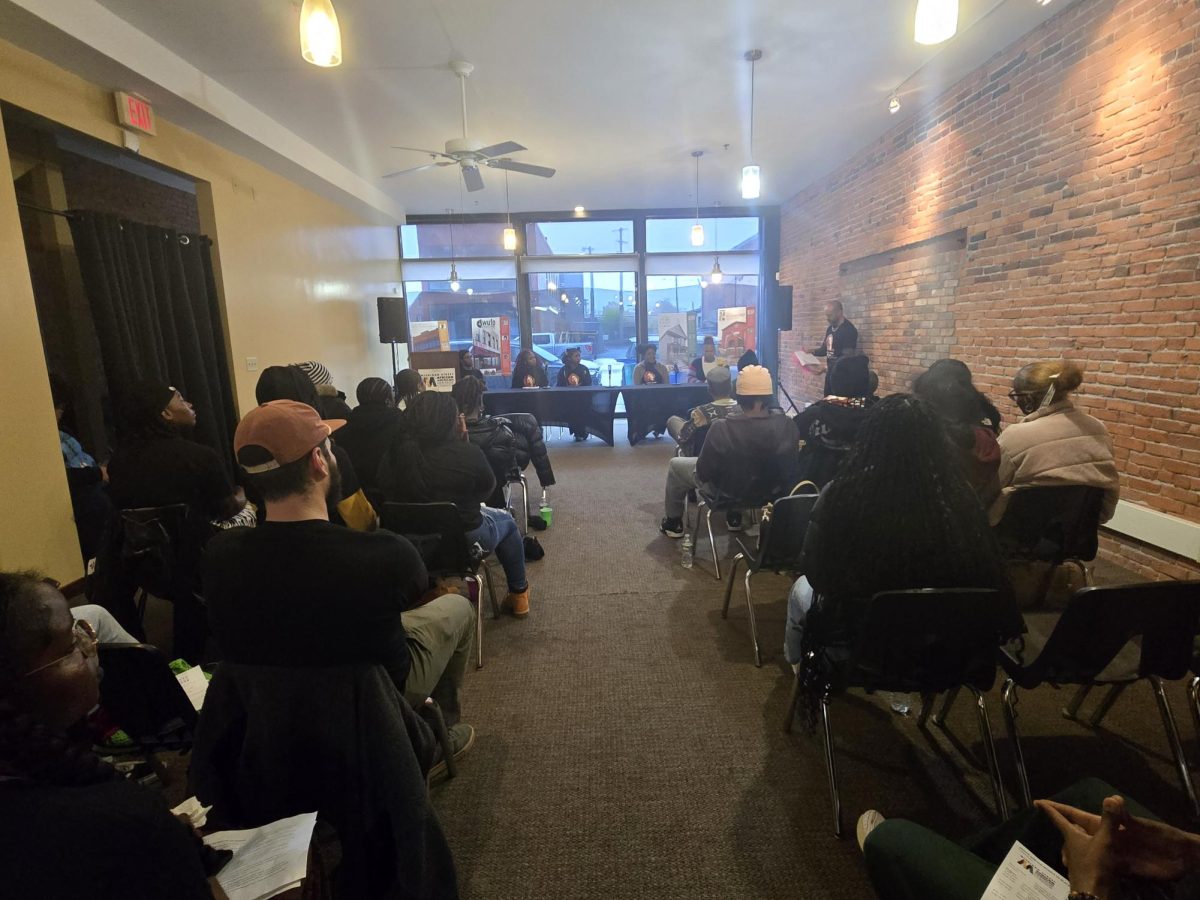When you hear the term, “government shutdown”, what do you think? You may consider the term to be only heard once per year, followed by minimal negative consequences. However, yet again, the United States is incredibly close to a government shutdown, and political demands from both the right and the left seem to be the culprit for this situation.
The issue at hand is that the GOP is against higher funding for government sectors, which is typical of the GOP’s inclination toward a smaller government, whereas the Democrats strongly disagree with some of the provisions in the military bill. The military bill, in short, includes a requirement for striking diversity programs in the Pentagon, among other provisions Democrats are opposed to.
Oct. 1 is the budget deadline for the federal government, and because of the political deadlock, meeting this deadline seems less likely.
Essentially, a government shutdown would suspend non-essential operations in the federal government, due to no funding.
In a typical governmental shutdown, what sectors could be affected?
- Military: 800,000 civilian employees would cease work. New contracts related to defense would be paused.
- Law Enforcement: Criminal proceedings would continue, but civil cases would be paused during the government shutdown.
- Congress: Non-essential staffers would not be paid, though the lawmakers who are engaged in a seemingly political deadlock would continue to be paid.
- Foreign Affairs: Non-essential travel and events would be suspended.
- Science: In the agencies responsible for scientific research, some to most employees would pause their work.
- Health: The CDC will likely need to limit activities, and the employees of NIH would mostly pause their work.
- Disaster Response: FEMA, an already disjointed agency, may not be able to fund all their disaster relief/recovery projects.
- Childcare: Children from low-income households could lose access to the Head Start preschool program.
The reality is, regardless of whether one prefers a small government or a big government, a federal government that is not fully funded can lead to a number of negative consequences that could affect a significant portion of the population. A government shutdown, because of political demands in Congress, is unacceptable, but it could be a reality.
So, how did we get here? In theory, the President’s budget is sent to Congress by the first Monday in February. Federal agencies also submit any budget requests.
Over the next few months, several committees (i.e., the Congressional Budget Office) review the budget plan and economic conditions. The House would create 12 annual appropriations bills. An annual appropriations bill provides a specific fund to a sector or agency within the U.S. government.
In the event of any disputes, both the House and the Senate can pass a reconciliation bill. By Oct. 1, the 12 annual appropriation bills need to have been passed. This is when the fiscal year for the federal government begins.
To alleviate a government shutdown, Congress could pass a Continuing Resolution (CR), which temporarily allows funding to continue at a given level until a bill is passed.
However, circumstances like political disagreements (i.e., Congress does not agree with the President’s budget request) can prevent bills from being passed. When an annual appropriations bill is not passed, and a continuing resolution is not passed, the government sector is paused, more or less.
Currently, the House is attempting to pass spending bills, but the Senate still needs to vote on the bill. The Senate is attempting to pass a Continuing Resolution.
Government shutdowns are not new. Getting the House and the Senate, especially when political divides are strong, to agree on 12 annual appropriation bills is difficult. Moving forward, when voting, it may be advantageous to look at lawmakers who are more focused on the role itself as opposed to political demands.








